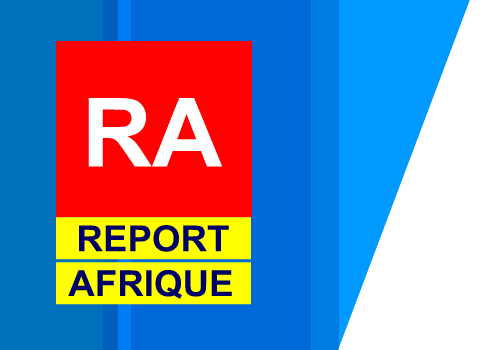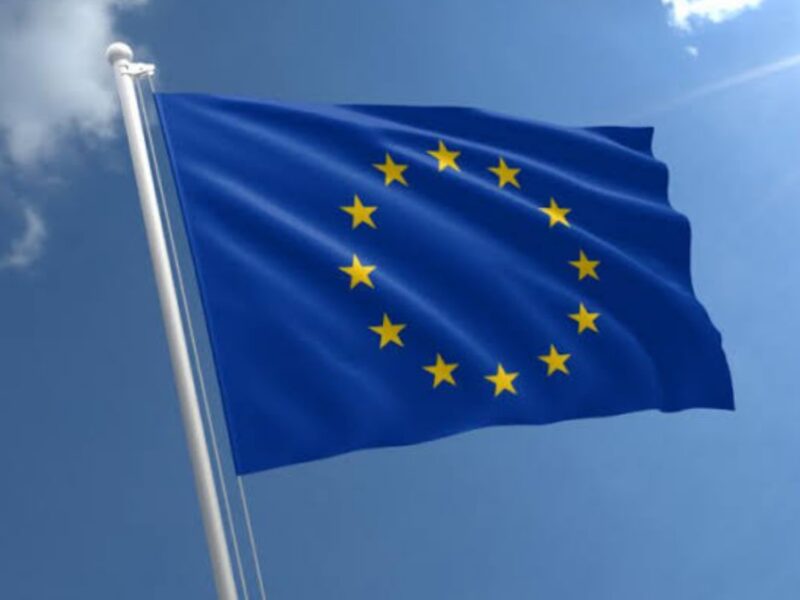The EU has frozen approximately $235 billion in Russian central bank assets since Russia’s invasion of Ukraine in 2022.
Kyiv, Ukraine – The European Union has announced plans to lend Ukraine €35 billion ($39 billion), using the profits generated from immobilized Russian assets as collateral.
European Commission President Ursula von der Leyen revealed the plan during a joint press conference with Ukrainian President Volodymyr Zelensky in Kyiv on Friday.
“We are now confident that we can deliver this loan to Ukraine very quickly, a loan that is backed by the windfall profits from immobilized Russian assets,” von der Leyen said. She emphasized that the financial support would provide Ukraine with significant fiscal space, allowing Kyiv to allocate the funds as it sees fit.
Ukraine urgently requires financial assistance to stabilize its economy and maintain its energy infrastructure, which has been heavily damaged by Russian military attacks.
The Union’s proposal, which still requires approval from a majority of its member states, is part of a broader plan agreed upon by G7 nations in June. This larger initiative aims to provide Ukraine with $50 billion by leveraging the proceeds from frozen Russian assets. Von der Leyen expressed optimism that other G7 countries, including the United States, would soon follow the EU’s lead and contribute their share to the loan.
The EU has frozen approximately $235 billion in Russian central bank assets since Russia’s invasion of Ukraine in 2022, representing the majority of immobilized Russian assets globally. Roughly 90% of these funds are held by Euroclear, an international depositary organization based in Belgium.
The G7’s plan is designed to utilize the frozen assets to generate more financial aid for Ukraine. It will replace an earlier EU scheme that provided Kyiv with $1.7 billion in July.
Implementation of the G7 loan had been delayed, as the United States sought assurances from the EU that the Russian assets would remain frozen.
Currently, European Union member states must renew the asset freeze every six months. However, officials indicated that Brussels is working on extending the freeze to 36 months to provide more stability.
Despite the uncertainties surrounding the asset freeze extension, the European Union has decided to move forward with its part of the G7 loan, confident that the frozen Russian assets offer sufficient guarantees.










Join our Channel...